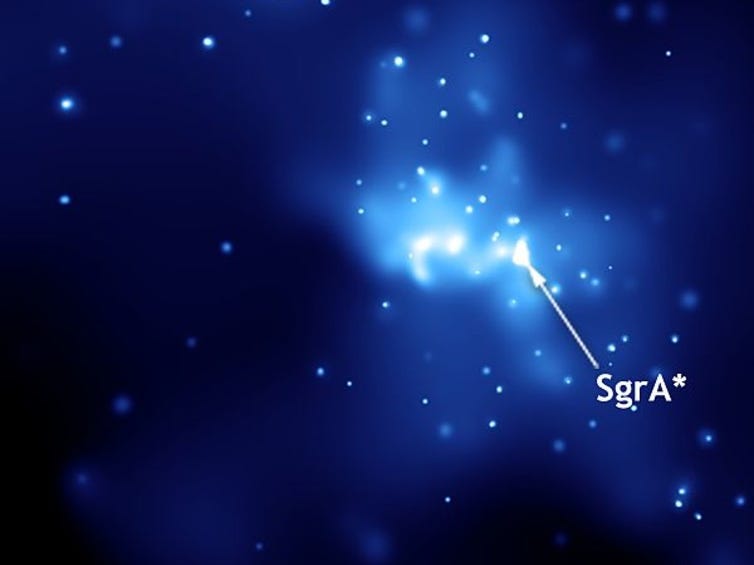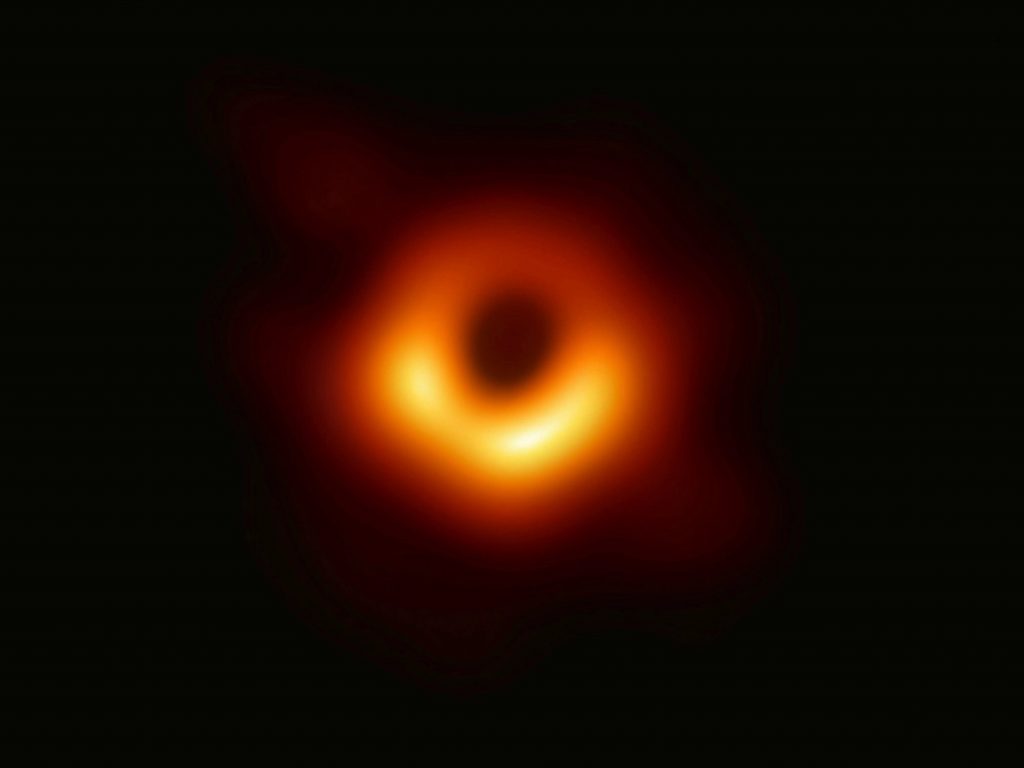- Scientists may reveal the first-ever picture of the black hole at the center of our galaxy on Thursday.
- The National Science Foundation billed the announcement as a "groundbreaking Milky Way discovery."
- The black hole, which is called Sagittarius A*, has never been captured in detail before.
The scientists who revealed the first image of a black hole, in 2019, have a major new announcement to make on Thursday.
They won't say what they've discovered. But after the snapshot of the first black hole, which was located in another galaxy, the collaboration began working toward capturing imagery of the supermassive black hole at the center of the Milky Way. It's possible that they'll reveal the first-ever picture of our galaxy's black hole, which is called Sagittarius A* (pronounced A-star) and possesses the mass of 4 million suns.
In a press release, the National Science Foundation teased a "groundbreaking Milky Way discovery" by the black-hole-hunting collaboration, which is called the Event Horizon Telescope (EHT). At least seven research institutions across the planet will hold simultaneous press conferences to announce the discovery on Thursday at 9 a.m. ET.
Watch the announcement live, in the video embedded below.
Sagittarius A* has never been captured in detail. At best, NASA's Chandra telescope orbiting Earth has spotted the bright X-rays flaring around the black hole.
For any individual telescope, getting a clear close-up image of a black hole is impossible. To capture their first image in 2019, the EHT researchers solved this problem by linking telescopes across the planet to focus on the same object all together, creating a virtual observatory the size of Earth.

Shep Doeleman, an astrophysicist at Harvard University and founding director of the EHT collaboration, told Insider in 2019 that the group was focusing its attention on Sagittarius A*, as well as branching into a separate project, called next-generation EHT, to create the first video footage of a black hole.
The group would need to add more telescopes to its network and leverage new computer technology to process 10 times more data from those telescopes, Doeleman said at the time. In doing so, he estimated that they could capture video of both Sagittarius A* and their original photo subject, M87, in about five years.
Now it's more than two years later — too early for video, according to Doeleman's 2019 predictions, but potentially early enough for a clear image.
A representative for EHT declined to share further details ahead of Thursday's announcement.
Videos would shed new light on how black holes eat
Eventually, videos could reveal what a still image cannot: how black holes devour matter.
"We can see the black hole evolve in real time," Doeleman said in 2019. "Then we can understand how it launches these jets that come from its north and south poles. We can see how it evolves with the galaxy. We can even test Einstein's gravity in completely different ways, by looking at the orbits of matter — not light, but matter — around the black hole."
The first videos will probably be rudimentary, according to Doeleman, but further upgrades would allow EHT to capture the black holes in more and more detail.
"They might be jerky. They might be low-resolution, but they would be the first steps," Doeleman said in 2019, adding, "When we have 20 [telescope] dishes, that's going to be such a big leap. That will give us the high-fidelity movies that we want to make."











